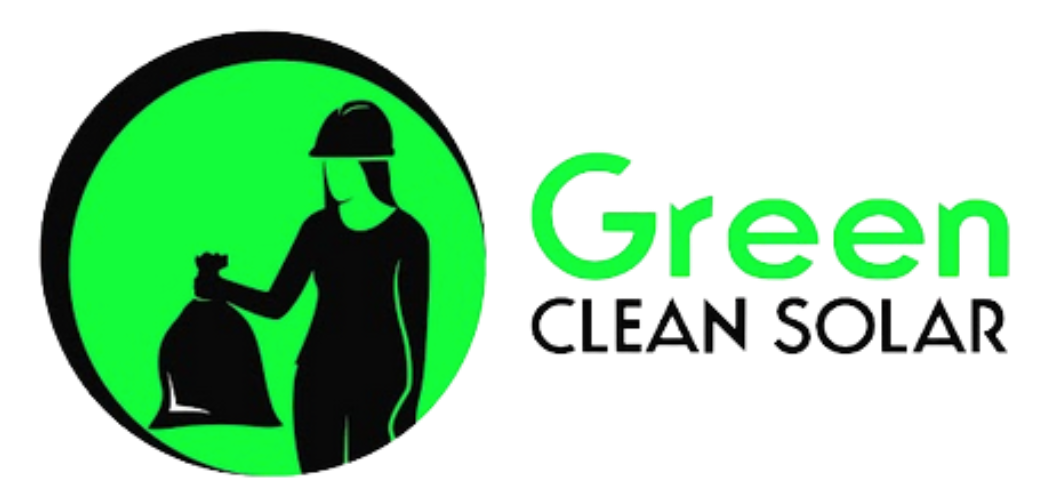
As the effects of climate change take shape, more Integrated Resource Plans (IRP) are prioritizing resilient solar infrastructure for new utility and large-scale solar projects. By preparing for more extreme weather and mitigating potential aftermath, keeping solar power on the grid in times of uncertain weather can help utilities actualize the vision in their IRP to ensure reliable power to customers.
Solar power offers relief during natural disasters by being a renewable energy source that doesn’t have to go offline. During times of natural disaster, losing lights, heating, cooling, or internet can be life-threatening to some and inconvenient to all else. But when a natural disaster does strike a solar farm, what happens? How do owners recoup quickly, clean up, and get up and running with minimal time loss?
Developing and maintaining a resilient power system is essential for preventing the impact of natural disasters and minimizing post-disaster repair needs. It’s also crucial for reducing downtime in a power system disruption.
Types and levels of solar panel damage from extreme weather events
Solar farms are directly impacted by extreme weather events, including wildfires, blizzards, hailstorms, and hurricanes. While generally good, sturdy infrastructure has been shown to withstand harsh weather more often than not. Powerful weather systems can still wreak havoc on panels, destroying them or at very least temporarily preventing them from harnessing the sun’s power for energy, reducing electrical output.
Levels of damage to solar farm:
Minimal Damage: The site is generating power, a few inverters failed, but overall the site is operational
Partial Damage: The site is producing partial power, a few inverters and tracker rows may have failed, but 90% of the plant is still operational
Significant Damage: The site has a significant decline in power generation; up to 50% of the solar farm is damaged; weighing options to close down and repair or leave remaining operations running is a factor
Extreme Damage: The site is decimated, there is no power being generated, and reclamation of the site must be performed
In each of these scenarios, post weather event damage must be assessed, and cleanup must occur.
Best practices for reducing solar damage before and after a weather event
Keeping up with proper maintenance and managing the vegetation around solar infrastructure is the first step to help prevent some extreme damage during a harsh weather event. It all starts with having good design and O&M practices.
Older systems tend to be more vulnerable to extreme weather. Newer systems are being developed with extreme weather changes in mind. FEMA recommends utilizing microinverters to help localize outages from any damage. The following are some guidelines and post-clean-up recommendations.
Best solar practices for hurricanes & high winds
Before a hurricane or other high wind event, these are some standard preparation methods to include in your Emergency Protection Plan (EPP).
O&M + pre-storm actions:
Clean all debris and vegetation surrounding solar structures
Perform bolt tightening and panel integrity checks
Train personnel on procedures for before and after the weather event
When necessary, perform a site lock-down
Secure all equipment and materials
Post-storm actions:
Perform a post-storm assessment
Use a backup power system to keep the plant on standby mode
Clean and dry electrical systems
Test for any faults in the system
If panels are destroyed, contact your PV recycling partner asap to schedule cleanup and prevent leakage or contamination from broken PVs
Floods
Flood prevention starts with equipment and design decisions. Higher profile installs help keep panels lifted and water levels out of reach. Some actions to prevent floods from damaging a solar farm include:
Maintain draining systems to ensure water can flow through
Contact nearby facilities to ensure they maintain their drainage systems both upstream and downstream. Localized and government coordination is key to preventing floods
If a flood does damage PV panels, they can be inspected for recycling potential and removed from the site by a professional PV recycler.
Fires at solar farms
In California’s Valley Solar Ranch, a bird who landed on two wires created a fire at the 250-MW solar plant when the wires sparked. The company reported $8-$9 million in losses and an 84% loss in generating capacity. The fire scorched the dry grassland area that sits between San Francisco and Los Angeles.
Prevention starts with land planning and separating a solar development from fire hazards like brush, fuel sources, or radiant heat. Noting moisture levels, brush types, and other potential harms that come seasonally in fire-prone areas.
In the case of fires, which are less likely to cause this extreme situational damage, strategies to prevent fires at solar plants include:
Maintain localized brush suppression
Maintain fire zones and trails for firefighters to access easily
Have on hand access to firefighting materials, extinguishers, access to adequate water
After a fire, assess the damage and contact your partner in panel recycling to see what panels can be salvaged, refurbished, reused, or recycled elsewhere. Materials like glass and metal can withstand high heat and can potentially be put back into the recycling system.
A partner through rough weather
The Green Clean Solar team is your trusted partner when the weather gets rough. Luckily most solar farms are spared from damage that can come with hazardous weather conditions. To prepare for future events, contact our team to devise a plan together for the removal of damaged panels and racking systems where necessary.
Whether you’re decommissioning an entire site or have a section that has been hit by rough weather, we’re to take charge and clean up your site.
Green Clean Solar has prioritized sustainable waste practices for disaster cleanup efforts. We prioritize a turnkey process for cleanup plans and implement a streamlined waste removal and recycling process.
Want a no-hassle, cost-effective partner when rough weather hits your panels?
Contact us at 770-229-7168, or
email us at info@greenclean-solar.com
Resources
